Deep Plane Facelift with Mr Tunç Tiryaki
Mr Tunç Tiryaki is a leader in facial rejuvenation, specialising in the Deep Plane Facelift technique that targets the structural tissues of the face for natural and long-lasting results. This advanced procedure focuses on repositioning the deeper layers of facial muscles and connective tissue, enhancing the facial contour without the tight, unnatural appearance common in traditional lifts.
Mr Tiryaki’s approach lifts under the muscle, ensuring the skin remains smooth and naturally contoured, providing an elegant, youthful look without the need for additional fillers or implants. Known for his meticulous technique and artistic eye, Mr Tiryaki tailors each facelift to the individual’s unique facial structure, ensuring results that are not only beautiful but also harmoniously balanced.

Deep Plane Facelift - At a glance
Surgery Time
Recovery Time
Key Information
Before & After Deep Plane Facelift
View Full Gallery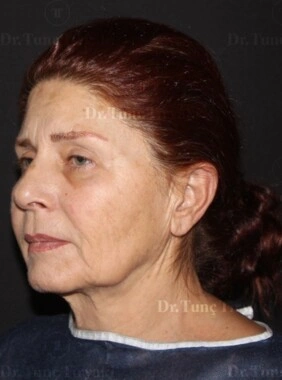
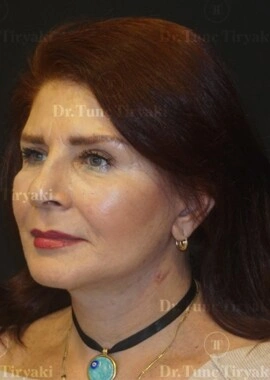
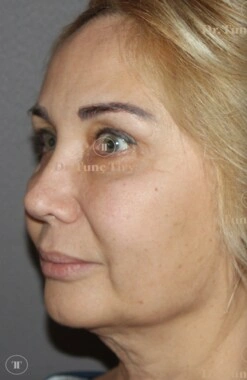
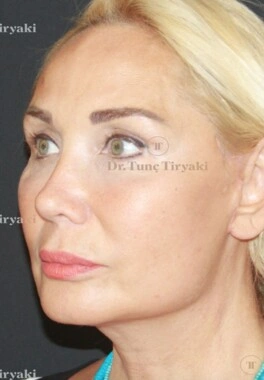
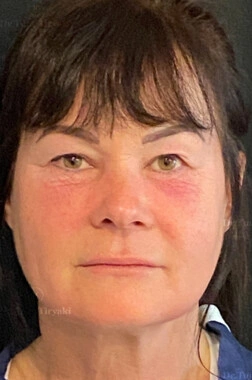
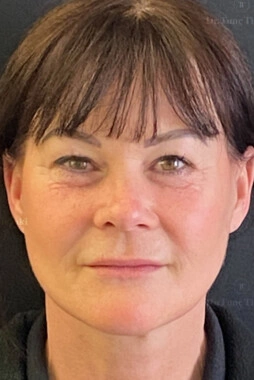
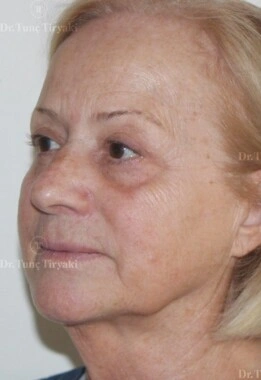
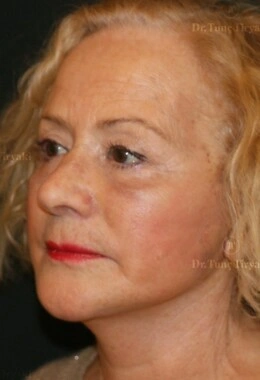
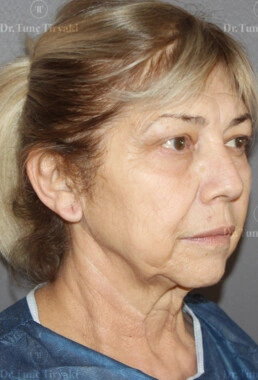
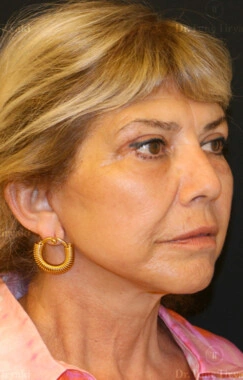
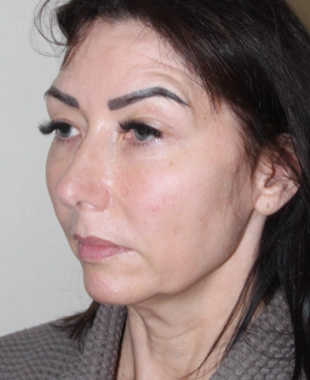

What is a Deep Plane Facelift?
The Deep Plane Facelift is a sophisticated surgical technique pioneered by leading surgeons like Mr Tunç Tiryaki. This procedure targets the deep structural layers of the face, specifically the SMAS-platysma complex and deeper facial muscles. By focusing on these foundational tissues, the lift achieves more natural-looking results, avoiding the overly tight appearance of skin-only lifts. Mr Tiryaki’s technique involves carefully releasing tethered points and repositioning tissues, which not only lifts sagging skin but also enhances the overall facial volume and contours. This method allows for significant yet natural facial rejuvenation with powerful and long-lasting results, ideal for those seeking a noticeable but refined improvement.
Book A Consultation
Mr Tiryaki's Deep Plane Facelift offers numerous benefits, including a more natural restoration of facial contours, improvement in the appearance of deep wrinkles and sagging skin, and a rejuvenated overall look.

What are the benefits of Deep Plane Facelift?
Mr Tiryaki's Deep Plane Facelift offers numerous benefits, including a more natural restoration of facial contours, improvement in the appearance of deep wrinkles and sagging skin, and a rejuvenated overall look. The technique focuses on lifting the face vertically rather than pulling it back horizontally, which helps in maintaining the natural arc of beauty and avoiding the stretched appearance. This lift not only improves facial aesthetics but also boosts self-confidence and satisfaction with one’s appearance. Patients benefit from long-lasting rejuvenation, often seeing effects that can last for a decade or more, thanks to the deep structural adjustments made during the procedure.
Book a Consultation

Why do people have Deep Plane Facelift?
Individuals opt for a Deep Plane Facelift to address significant facial ageing signs, such as severe sagging, deep folds and loss of volume, which cannot be effectively treated with less invasive methods. This procedure is particularly favoured by those looking for a durable solution that offers a more complete and lasting reversal of ageing, when compared to relatively superficial treatments. Mr Tiryaki’s patients choose this advanced technique for its ability to deliver a refreshed and youthful appearance while preserving the unique characteristics of their face.
Who is suitable for Deep Plane Facelift?
The ideal candidates for a Deep Plane Facelift are those experiencing moderate to severe facial ageing who desire a significant yet natural-looking improvement. Suitable patients are generally those in good health, non-smokers and have realistic expectations about the outcomes of a surgical rejuvenation. Mr Tiryaki evaluates each patient’s facial structure and skin condition to ensure that the deep plane facelift is the best option for achieving their aesthetic goals.
Targeted Areas of Deep Plane Facelift
Mr Tiryaki's Deep Plane Facelift technique specifically targets the mid to lower regions of the face, including the cheeks, jawline and neck. This comprehensive approach addresses multiple ageing signs simultaneously, such as sagging cheeks, jowls and neck laxity. By lifting these areas, the procedure restores the youthful V-shape of the face, enhances the jawline definition, and smooths out the neck area, resulting in a harmonious and youthful appearance.

What does Deep Plane Facelift Involve?
Mr Tunç Tiryaki’s Deep Plane Facelift procedure involves an in-depth adjustment of facial tissues. The surgery begins with small incisions hidden within the natural contours of the ears and hairline to minimise visible scarring. Mr Tiryaki then works at the SMAS layer and beneath the platysma muscle, releasing and repositioning these muscles to restore the youthful volume and contours. This method allows for a comprehensive lift without the tension that leads to an unnatural look.
The focus on deeper tissue layers ensures the longevity of the results, making this an excellent option for lasting facial rejuvenation. Post-surgery, patients can expect detailed care instructions to ensure a smooth and swift recovery, typically resuming normal activities within a couple of weeks.
Book a ConsultationDeep Plane Facelift Recovery
Recovery from Mr Tiryaki’s Deep Plane Facelift is characterised by a swift and relatively comfortable healing process. Patients may experience mild to moderate swelling and bruising, which typically subsides within the first few weeks. Mr Tiryaki and his team provide comprehensive aftercare, including medications to manage any discomfort and instructions on head elevation and ice application to reduce swelling. Most patients can return to work and other daily activities within two weeks, with full recovery and optimal results manifesting over several months as the tissues settle and heal.
What are the risks of Deep Plane Facelift?
As with any surgical procedure, the deep plane facelift carries risks, including reactions to anaesthesia, infection, hematoma, delayed wound healing and possible nerve damage, although these are very rare under the skilled hands of Mr Tiryaki. His meticulous surgical techniques and extensive experience significantly minimise these risks. Patients are informed about all potential complications and are monitored closely throughout the recovery process to ensure any issues are addressed promptly, ensuring a safe and effective rejuvenation experience.
Frequently Asked Questions
What scarring can I expect from a Deep Plane Facelift?
Scarring is typically minimal and well-concealed. Incisions are usually made along the hairline and around the natural contours of the ears, allowing the scars to be hidden within these natural folds.
Are the results of a Deep Plane Facelift permanent?
The results of a Deep Plane Facelift are long-lasting. While the surgery can turn back the clock, it does not stop the ageing process. Most patients enjoy the benefits for many years, but this can vary based on lifestyle, genetics, and skin care.
What non-surgical treatments can help maintain my results?
To maintain the results of a Deep Plane Facelift, consider regular use of medical-grade skincare products, treatments like microneedling, laser therapy, or chemical peels to enhance skin texture and tightness, and injectables like fillers or botulinum toxin to address minor wrinkles and volume loss.
How should I prepare for a Deep Plane Facelift?
Prior to surgery, it's important to stop smoking, avoid taking blood thinners or anti-inflammatory medications, and maintain a healthy diet to promote better healing. You should also arrange for someone to assist you after the surgery and ensure you have a comfortable recovery area at home.
What aftercare is required following a Deep Plane Facelift?
Aftercare involves keeping your head elevated to reduce swelling, applying cold compresses if recommended, taking prescribed medications to manage pain and prevent infection, and following specific wound care instructions provided by your surgeon. It is crucial to avoid strenuous activities and direct sun exposure for the recommended period to ensure optimal healing. Follow-up visits will be necessary to monitor your progress.



